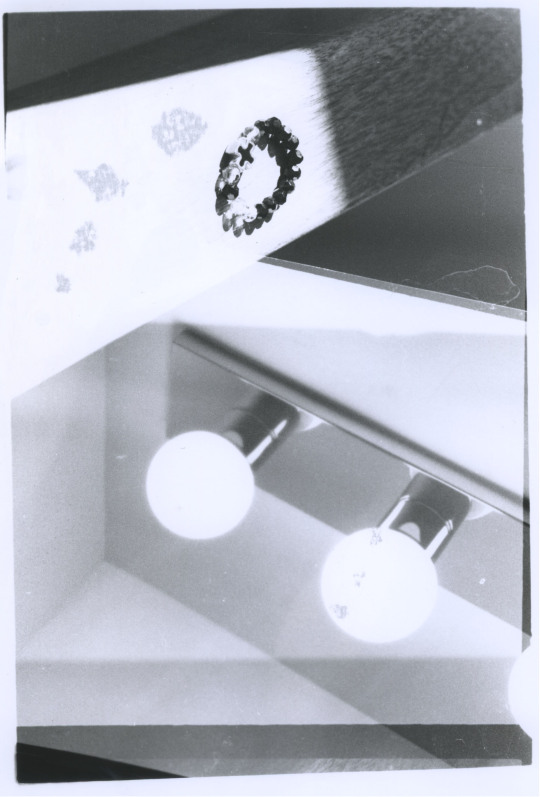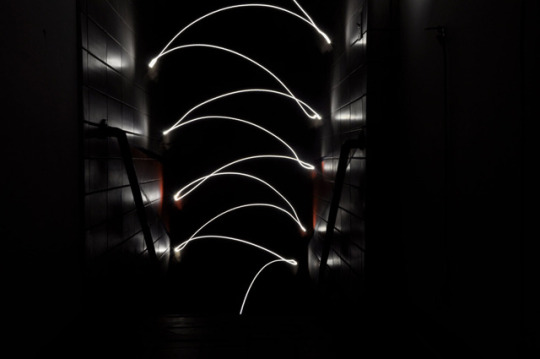Text
SA Final Project Proposal
My project will be a collage project using Photoshop and digital camera. The images will portray seven different commonly used idioms in Korean that are not translatable in English. As a bilingual, there are situations when I know there is a perfectly suitable phrase to express myself in Korean because it is not fully expressible in English. By depicting these phrases in illustrative ways using photography and collage, I want to create fun and hard-to-guess images that will have the viewers guessing what the idiom could mean.
The seven images will depict the following idioms:
1. 잠을 자야 꿈을 꾸지; you need to sleep in order to dream. Means you have to do things in order to achieve your dream.
2. 하늘의 별 따기; almost impossible. Literally it means picking a star from the sky.
3. 한 귀로 듣고 한 귀로 흘린다; in one ear out the other
4. 목이 빠진다; waiting so much to the point of your neck being pulled out when you’re in love
5. 하늘을 찌르다; so proud that you’re poking the sky
6. 꿈을 꾸면 구름위를 걷는다; walking on clouds to get to the dream
7. 술을 따르면 말이 따른다; once you pour alcohol, words follow; when you’re drunk, you’re prone to making mistakes with words
11/20-11/27: shoot for the collages
11/27-12/1: first four collages
12/1-12/8: last three collages
Finish everything by 12/8, leave 4 days to review.
0 notes
Text
SA Final Project Research #2

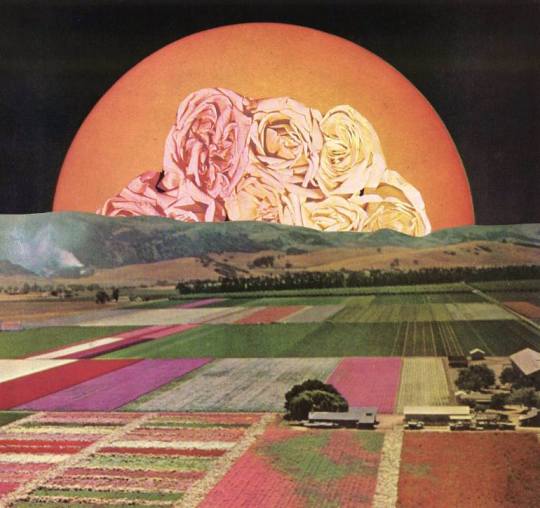



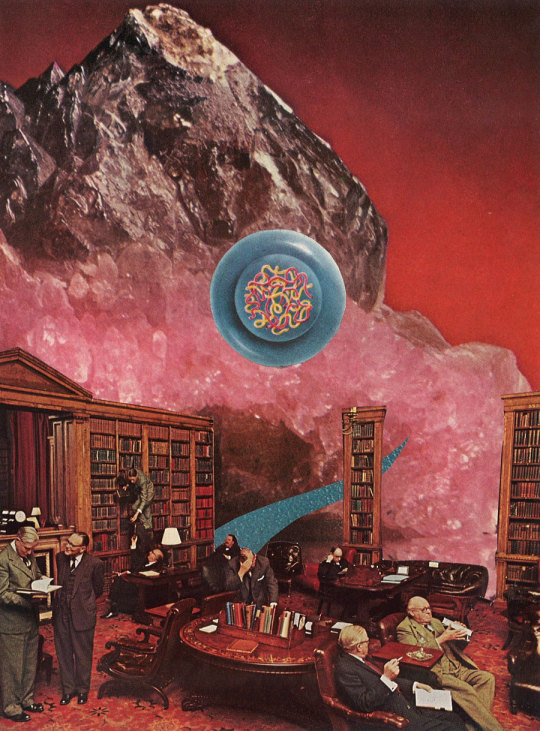
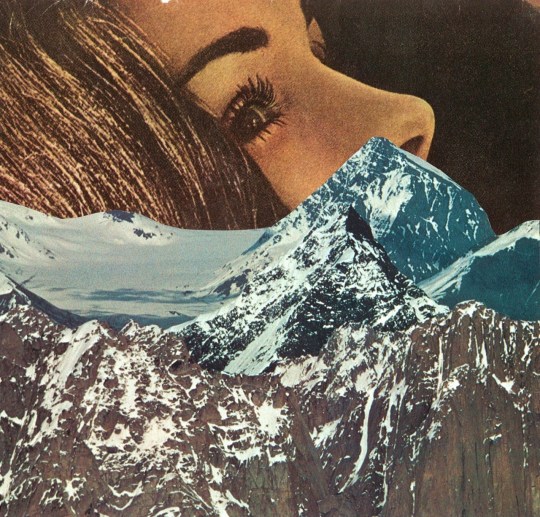

Jesse Treece
I really enjoy Treece’s use of everyday objects in the collages to portray playful and witty images. She also utilizes vivid colors that stand out, like the red in the last image of the paper bag, but unlike Red Velvet images that are more polished and “commercial,” Treece’s photographs portray a certain sixties-faded look that is unique to her aesthetic. However, similar to Red Velvet’s images, Treece’s photographs employ a smooth transition between the real and the unreal, different objects of variety of ratio, that should not be put together but are.
0 notes
Text
SA Final Project Research #1
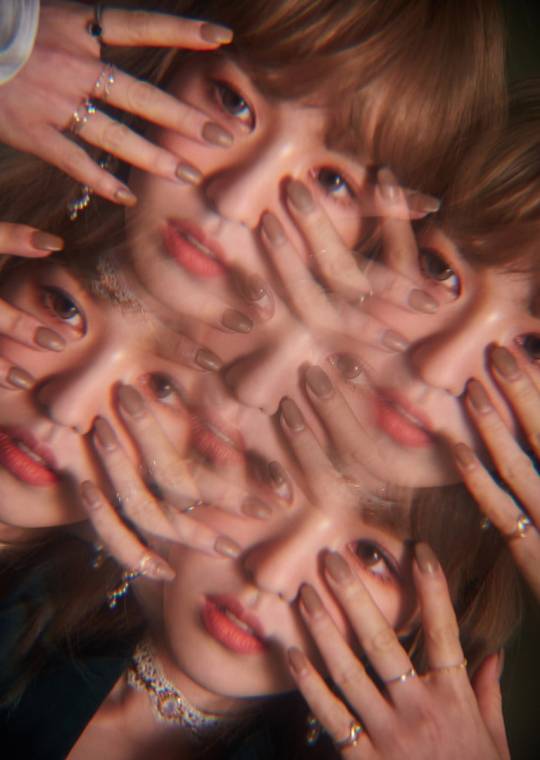
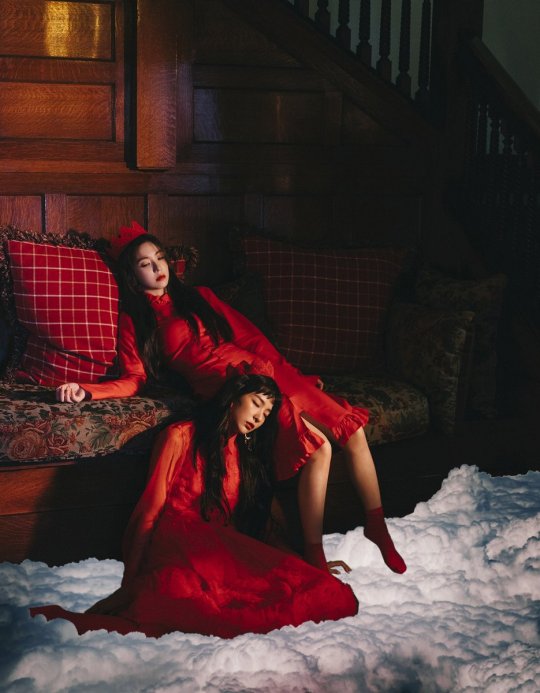
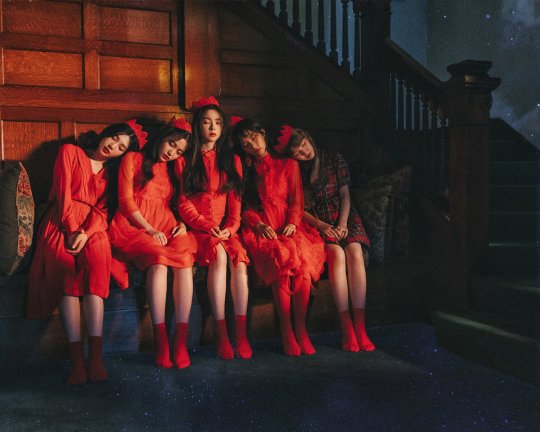
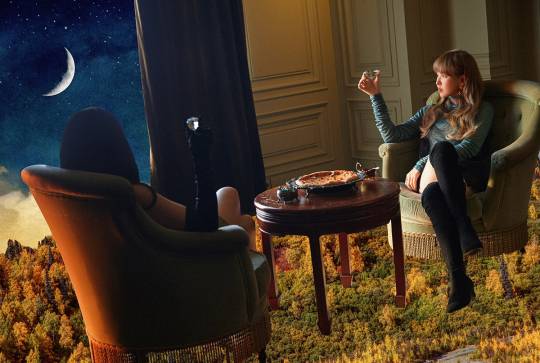
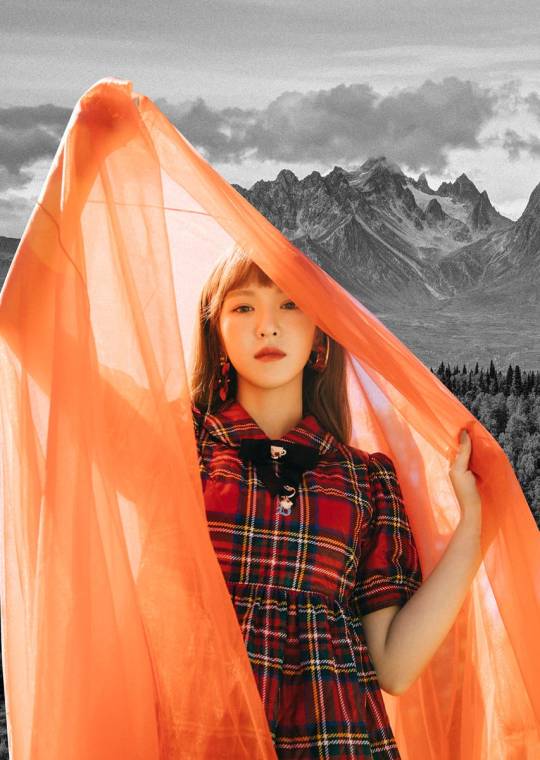

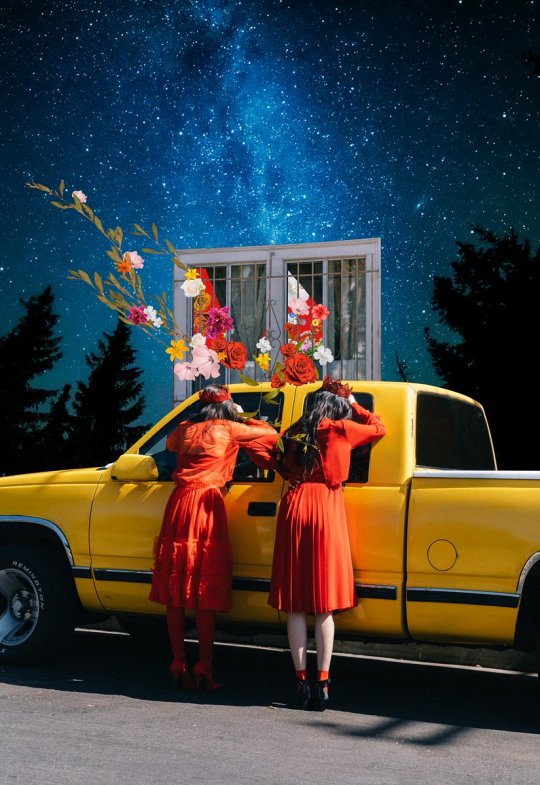


SM Entertainment, Red Velvet “Peek-a-boo” concept images, 2017.
Because my images will be a collage of digital photos, I want to take inspiration from these collages from Red Velvet’s “Peek-a-boo” concept. By using vivid colors that almost seem too intense and colorful, these images convey a sense of uneasiness and fantastical element that signifies that these photos are of surrealistic quality. There are abrupt interruptions between the real and the unreal, the bodies and the landscape, that makes the audience do a double take of the images and try to figure out what is unconventional about these photos. I also like how the images played around with the idea of ratio; for example, the last photograph makes the bodies much larger than the rest of the objects in the image even though a house is realistically larger than a human.
0 notes
Text
Reading Assignment #3: Matters of Light and Depth
What I Learned:
Glares are not always bad. In the case of dark subjects with dark backgrounds, you can use glare from a soft light source to make the subject less obstructive.
Because hard light sources provide very high contrast ratio, fill, bounce, or base light is required to balance out the contrast.
For interior scenes, bounce light is especially useful because it provides a subtle and realistic-look that is easy to work with. Bounce light is usually created by bouncing light off of the ceiling or even using 4′x8′ panels of reflective material.
Questions:
What happens when you bring soft lighting for photoshoots outside?
What happens when you use shiny light source on a shiny subject?
What is the best light source to accurately portray one’s skin (texture and color)?
0 notes
Text
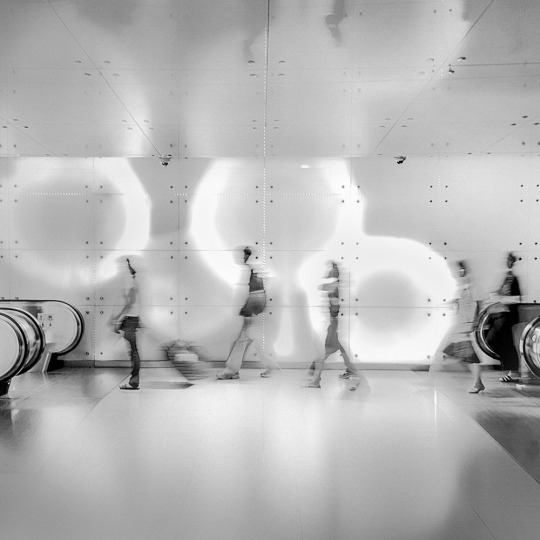
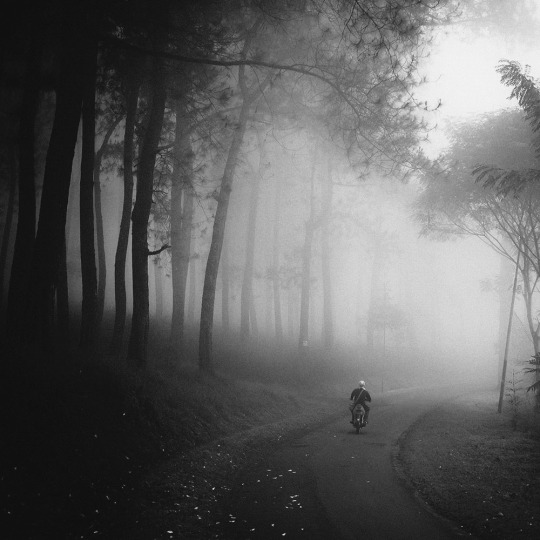



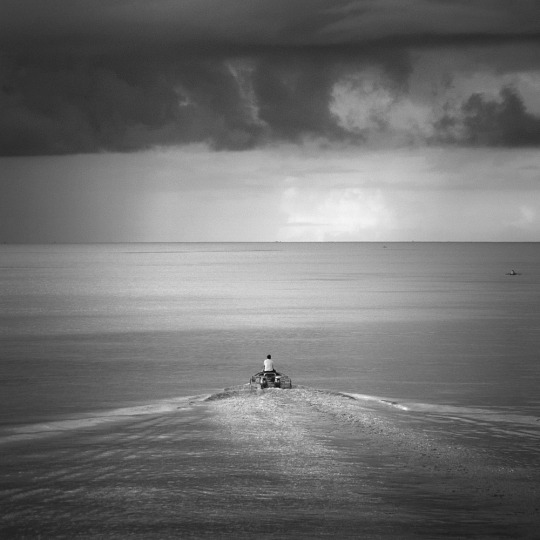

Hengki Koentjoro’s Detach:
“The modern world is a hypnotising heap of neon lights shining brightly in the eyes of conforming masses. But some fall through the cracks of the noisy bulb into little personal universe of simple pleasures. Some retreat to a refuge in small moments, others put together a dwelling in the absence of worldly tangles, a humble state of bliss.”
Although I’m not planning to use human figures in my photographs, I found Koentjoro’s overall composition and his relationship to shadows and light very interesting. Some parts of his images are completely darkness, so black that you can almost see your reflection on it, and in the same image he has complete whiteness that provides a striking contrast. I also found the composition of his images inspiring - especially the images that feature a long winding empty road that is completely empty or is inhibited by only one figure in the middle. Positioning the road right in the middle of the photograph seems somewhat like a very “traditional” way of composing one’s photograph, but as a modern-day working photographer today, I think it’s pretty rare to find works that directly positions the subject in the middle.
(All images found on hengki-koentjoro.com)
0 notes
Text

Brassaï: Le pont Alexandre III, circa 1932, ca. 1940 / Gelatin silver print.

Brassaï: Les Escaliers à Montmartre, circa 1932 printed late 1940s or early 1950s / Gelatin silver print15 1/5 × 19 1/2 in38.7 × 49.5 cm.
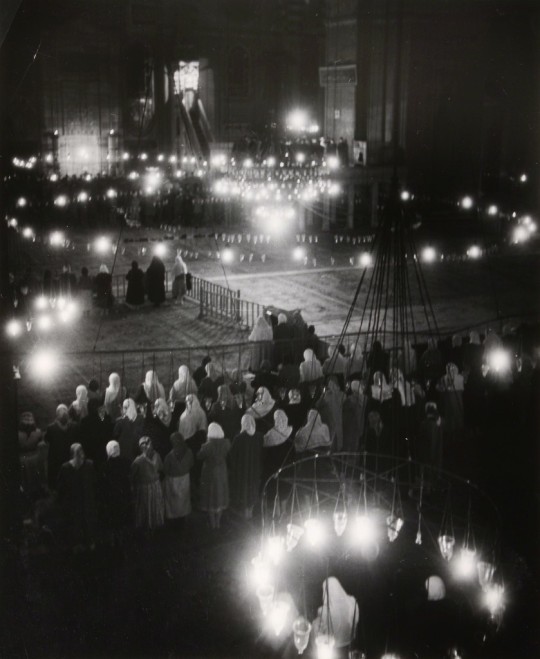
Brassaï: Le Souleymanie pendant la Fete du Ramadan, Hagia Sofia, Istanbul, 1953 / Silver gelatin ferrotyped print15 1/2 × 29 1/4 in 39.4 × 74.3 cm.

Brassaï: The Seine at Night, ca. 1932 / Gelatin silver print9 3/10 × 6 9/10 in23.5 × 17.5 cm.
Perhaps one of the most well-known film photographers in history, Brassaï is known for candid night scenes in Paris. I was most inspired by his use of light, especially artificial light, to create an interesting composition of shadows in his images. The most striking image to me is the first one, Le pont Alexandre III, in which the camera is positioned at the bottom and pointed up at the lamp to create an illusion that the lamp is a towering giant figure that demands importance. The light that shines behind the lamp also creates a halo-like representation that gives the lamp a towering feeling. In my project, I want to experiment with light and shadows and will take inspiration from Brassaï’s night time photographs of the Parisian streets.
(All images found from artsy.net)
0 notes
Text
Reading #2
From reading Henry Horenstein’s Film Exposure: Black and White Photography, Basic Manual:
3 variables that control film exposure are lens opening, shutter speed, and film speed
What people typically call “grains” in photography are the result of crystals that have been exposed and developed that are now clumped together to create density that is basically the image
f-stop and shutter speed have a reciprocal relationship, in that if shutter speed is slowed down to let more light into the film, f-stop must be closed down to balance the image out
Questions:
What is the best combination of f-stop and shutter speed to capture fast movement?
What is the best combination of f-stop and shutter speed to capture artificial light or natural light (moonlight) in darkness?
How can we incorporate the existence of grains to make the image appear more interesting or create more depth?
0 notes
Photo
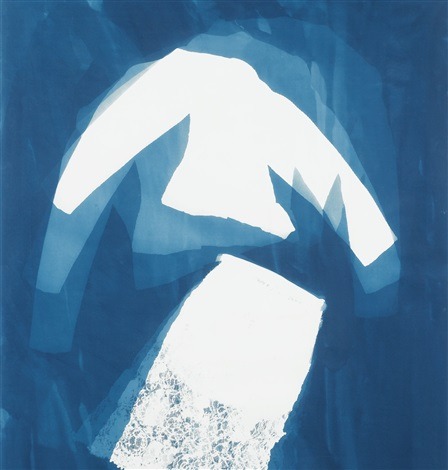
Wilson-Pajic, Nancy. LES APPARITIONS, 1998. Photogram on large format cyanotype, Length at 144 x 110 cm. (56.7 x 43.3 in.) Accessed September 4, 2017. http://www.artnet.com.

Wilson-Pajik, Nancy. Falling Angel, 1997. Photogram, Length at 120 x 120 cm. (47.2 x 47.2 in.) Accessed September 4, 2017. http://www.artnet.net.

Wilson-Pajik, Nancy. Anastasia, robe de Christian Lacroix Haute Couture, 1998. Photogram and cyanotype, Length at 144 x 173 cm. (56.7 x 68.1 in.) Accessed September 4, 2017. http://www.artnet.net.
Nancy Wilson-Pajik’s works revolve around the idea of women and feminine clothing. All of the images are life-sized, which makes the images more powerful because they truly capture the energy of the photograms. Through the use of the female body as the object and the subject of the photograms, Wilson-Pajik wholly expresses the female life on the large scale.
Another aspect of her photograms that is unique is the signature blue color. Sometimes it looks like the deep blue sea, the blue background provides a pop of color and visually nice contrast to the white shadows of the object.
0 notes
Photo

Sugiura, Kunié. Squids 1, 1990. Gelatin-silver print mounted on aluminum, Length at 40x30 in. Accessed September 4, 2017. http://2012pdmjournal.blogspot.com.

Sugiura, Kunié. Stacks Lillies A2 Positive 3, 1996. Unique gelatin-silver print, Length at 40x30 in. Accessed September 4, 2017. http://2012pdmjournal.blogspot.com.

Sugiura, Kunié. Stacks Lillies A2 Positive 3, 1996. Unique gelatin-silver print, Length at 40x30 in. Accessed September 4, 2017. http://2012pdmjournal.blogspot.com.
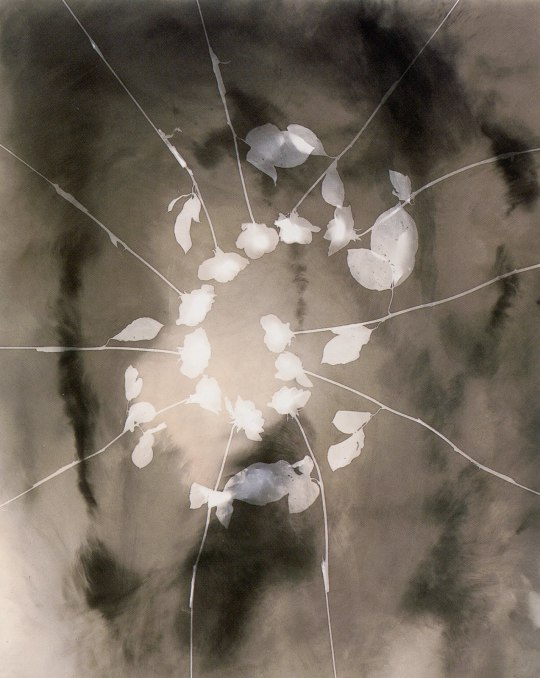
Sugiura, Kunié. Rose Veins 2, 1990. Unique gelatin-silver print mounted on aluminum, Length at 40x30 in. Accessed September 4, 2017. http://2012pdmjournal.blogspot.com.
Kunié Sugiura’s photograms provide a sense of rhythm through the careful arrangement of the objects. The second and third image both use lilies in a vertical direction, but they differ in number. One has more lilies and overlaps the objects, so that it appears more dense and unrecognizable, while the other image uses spare parts of the paper to provide more clarity to each individual lily.
The rhythmic arrangement of the objects in her photograms closely connect with the theme of nature throughout her works. The first image titled Squids 1 has little squids arranged in a circle, with dark spots of ink or water that closely resemble ink that comes out of the squids in nature. The image reminds the viewers of either looking down into the water, or looking up from the water, and seeing a circle of squids swimming in their natural state, a circle of life.
0 notes
Video
youtube
HarmanTL. “10 Making a Photogram.” YouTube, YouTube, 6 Mar. 2017, www.youtube.com/watch?v=hJs1L5ONOU0.
0 notes
Text
Reading #1
In the first chapter of Edge of Vision, Lyle Rexter talks about how early photography provoked a sense of uncertainty and questions in the world of art. As someone who lives in a society that has already accepted photography as art and sees works of photography on a daily basis, I found the questions that photography raised during its early days very interesting to think about.
For example, William Henry Fox Talbot wrote in The Peril of Nature about how photography allows nature to “draw itself,” so that on the surface, it seems as if artists are no longer needed to draw anything anymore. Cameras can perfectly capture objects as they are, so why have the artists around at all? However, this dilemma actually allows the role of artists to become defined more clearly. Instead of having to paint scenes as exactly as they appear, artists can now focus more on expressing and dramatizing things they want to depict. Being able to add more green to the grass or portraying the night sky as wild swirls of blue are skills that only humans possess, and the emergence of photography may have allowed people to realize their full potential.
However, I also learned from this reading that just because photography captures the real does not mean that photography cannot be as abstract as paintings. Photograms, for example, produce abstract images through the showcasing of the most basic function of photography: capturing light.
Overall, Rexter’s writing on early photography made me excited to think more about how photography can serve as the divide between perception and cognition, and apply such thinking to creating works of my own.
0 notes

